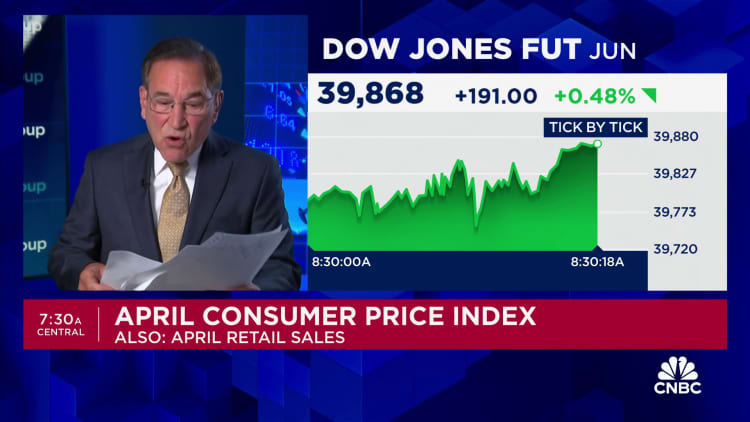April CPI Report 2024: April 2024 Consumer Price Index (CPI) Report

In April 2024, the Core Consumer Price Index (CPI) in the United States showed a modest increase of 0.29%. This easing from March provided some reassurance to investors and policymakers. The Consumer Price Index (CPI) measures changes in the average prices of a basket of goods and services purchased by households. It provides insights into inflation trends and helps policymakers make informed decisions.
Overall Inflation:
-
- The consumer price index rose by 0.3% in April compared to March. This increase was slightly less than what was forecasted.
- Core CPI, which excludes food and energy prices, also increased by 0.3%, aligning with the median estimate. Notably, this marks the smallest monthly core CPI gain so far this year.
- The annual core CPI gain was 3.6%, which is the smallest rate of increase in three years.
Components of Inflation:
-
- Housing costs remain the largest contributor to overall inflation.
- Motor vehicle insurance continues to climb at the fastest annual pace since 1976.
- Medical care costs also rose.
- However, prices for used vehicles, airfares, and household furnishings declined.

Retail Sales:
-
- Retail sales for April were weaker than expected, with the headline figure remaining unchanged.
- The “control group” figure, which feeds into GDP calculations, was down 0.3%. This suggests a loss of momentum in consumer spending at the start of the second quarter.
- Implications:
- Economists believe that the softer data argues in favor of interest rate cuts by the Federal Reserve later this year.
- Interest-rate futures indicate increasing confidence in two rate reductions by the end of 2024.
Housing Costs
- Housing costs continue to be a significant driver of inflation. Factors such as rising rent prices and home values contribute to this trend.
2. Motor Vehicle Insurance
- Motor vehicle insurance prices are climbing at the fastest annual pace since 1976. This increase is impacting overall inflation.

3. Medical Care
- Medical care costs have also risen. Factors such as healthcare services, prescription drugs, and medical supplies contribute to this category.
4. Used Vehicle Prices
- Interestingly, used vehicle prices dropped in April. This could be due to supply and demand dynamics in the automotive market.
5. Airfares and Household Furnishings
- Airfares and household furnishings also experienced price declines in April.

Retail Sales and Consumer Spending
- Retail sales for April were weaker than expected, with the headline figure remaining unchanged. This suggests a cautious consumer spending environment.
- The “control group” figure, which feeds into GDP calculations, was down 0.3%. This decline indicates a loss of momentum in consumer spending at the start of Q2.
Federal Reserve Implications
- Softer data argues in favor of interest-rate cuts by the Federal Reserve later this year.
- Interest-rate futures signal increasing confidence in two reductions by the end of 2024.
Overall, while inflation moderated slightly in April, it remains an important factor to watch. The Federal Reserve will closely monitor these trends as they consider their monetary policy decisions.

